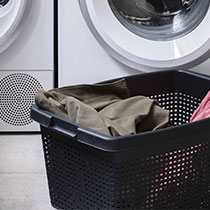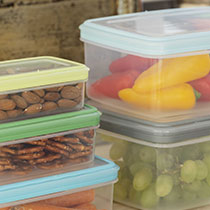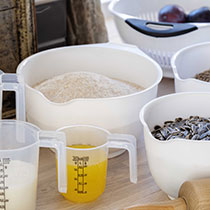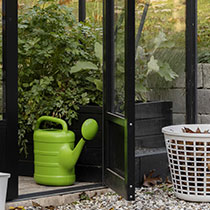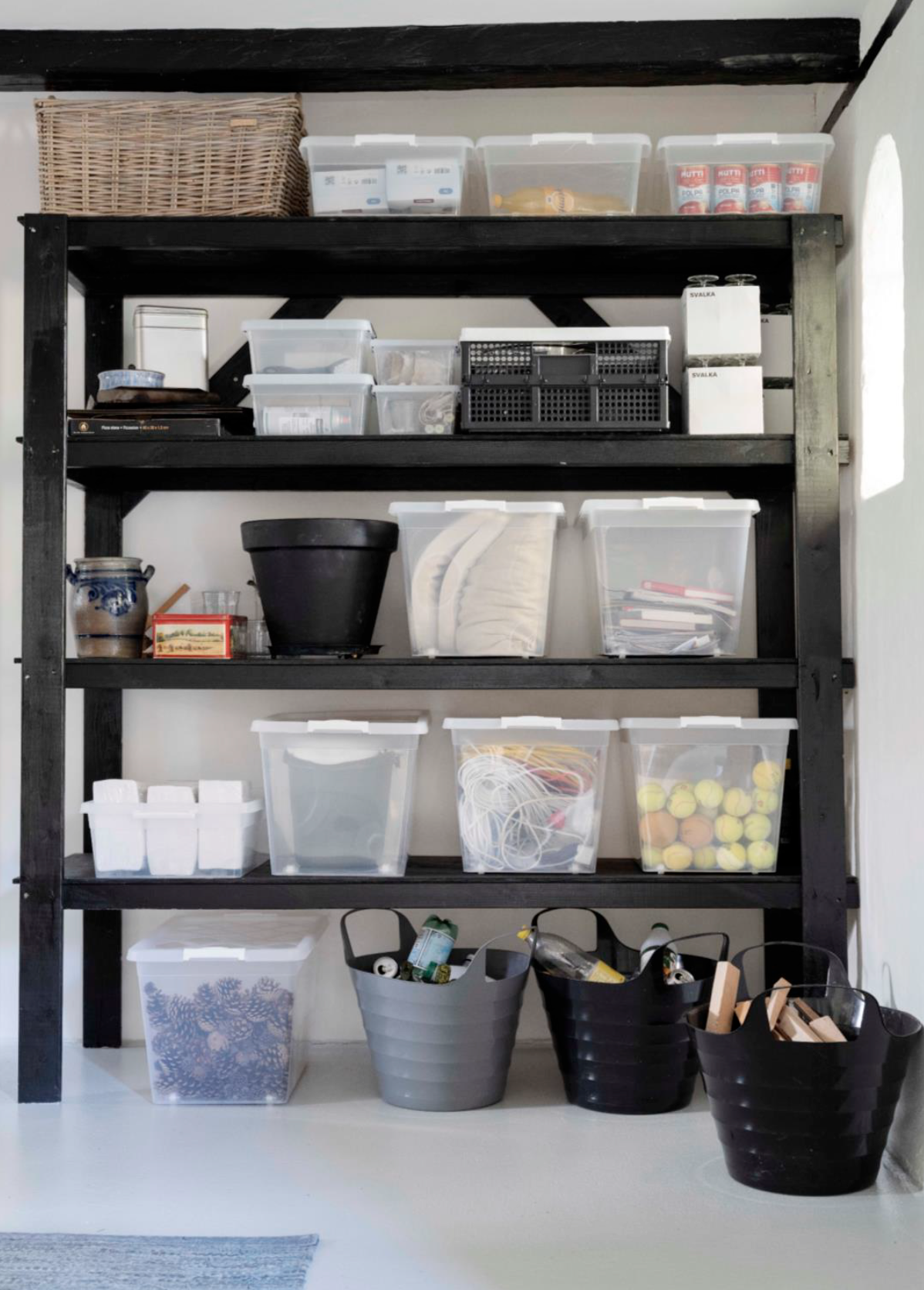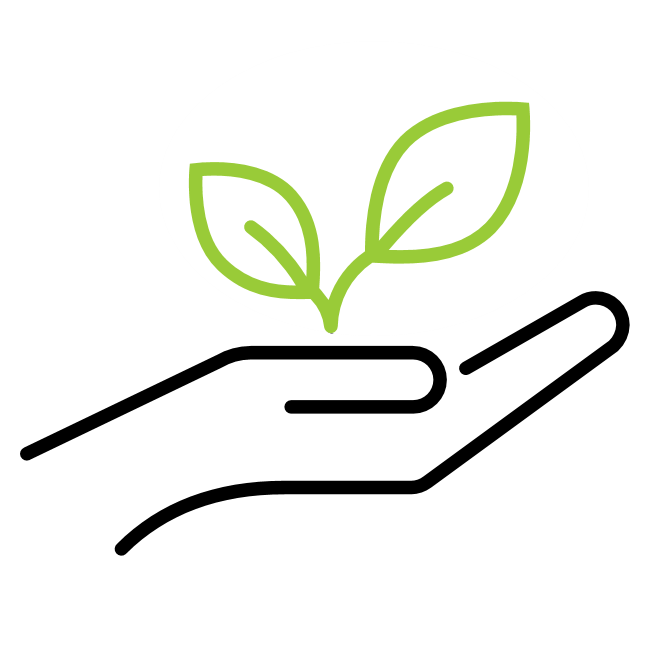X
Some of Plast1’s manufacturers use solar panels, up to 10% of the energy used in our factories. The remaining 90% of energy used is primarily generated from water & wind sources.
At Plast1 we constantly strive to minimize our manufacturing footprint through six initiatives:
1. Solar energy
Solar panels on the rooves of our factories generate 10% of the energy used in the manufacturing process
2. Green energy
Parts of the electricity is CO2 free, generated from water and wind
3. Heat recovery system
Our factories have reduced their energy consumption due to new heat recovery systems, which uses heat generated from the machines, to heat production halls
4. LED lighting system
LED lighting in all main production halls has further reduced the energy consumption
5. Waste management
Waste paper is pressed at factories, in order to reduce the volume of transported waste
6. Production plastic waste
All waste products from the production are re-granulated and reused
X
In 2021 more than 30% of our products are manufactured from recycled plastics material, and we continuously aim for increasing this proportion.
To increase our recycled produced number of products, we absorb more and more re-generated material. By planning in advance, we do our outmost to secure as much re-generated raw material possible. Presently we are also working close together with suppliers of re-generated material when it comes to “food safe” approved re-generated material.
X
Plast1 always work on a high technical level when it comes to development of new products and evaluation of best possible raw material to be used, product by product.
We make stress-test on all product development, in order to identify and secure minimum usage of raw material, whether it’s virgin or re-generated material at stake.
The product development team at Plast1 design and manufactures new products every year. For every new product, the consideration of product functionality goes hand-in-hand with an overall aim of reducing the plastic consumption per unit.
Our team works with sophisticated stress-test software and 3D printing in the development process, and we take an honor in launching functional products with a reduced C02 footprint.
X
Local production and optimized logistics ensure lowest possible CO2 emissions.
95% of Plast1 products are manufactured in Europe. We constantly optimize our logistic solutions offering direct deliveries to our customers’ distribution centers and by this we avoid extra transport in relation to storing the products.
By avoiding unnecessary transport handling and transshipments, we reduce our overall carbon footprint. Compared with a product sourced overseas, we save approx. 11% of C02 emissions every year.
X
We constantly focus on reducing food waste, and we encourage the correct disposal of our articles at end-of-life cycle into recycling schemes.
Food waste is a global issue.
Through special directed campaigns with food storage boxes, Plast1 together with our customers encourage end-consumers to reduce usage of plastic bags, and to store leftovers in order to reduce household food waste. With in-store campaigns and product marking we help raise awareness about this issue.
Plastic is a fantastic recyclable material when disposed correctly.
All our products have labels with material specification, enabling consumers to dispose the product correctly. All raw materials are specified in the bottom of the product, according to legislation, guiding end-consumers to sort correctly as ‘Post-Consumer Waste’.


